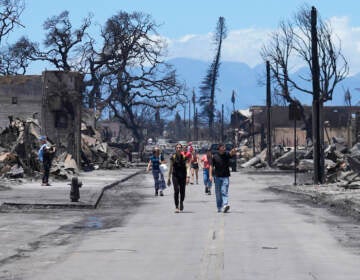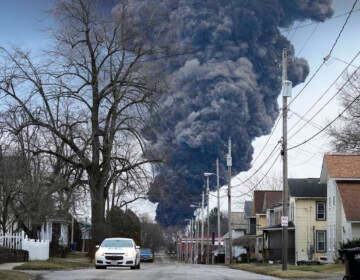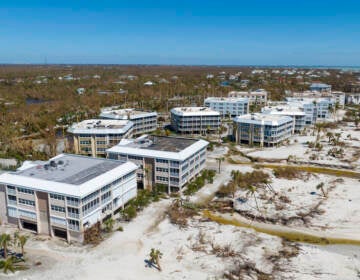Recovery work begins after Hurricane Michael carves through Florida Panhandle
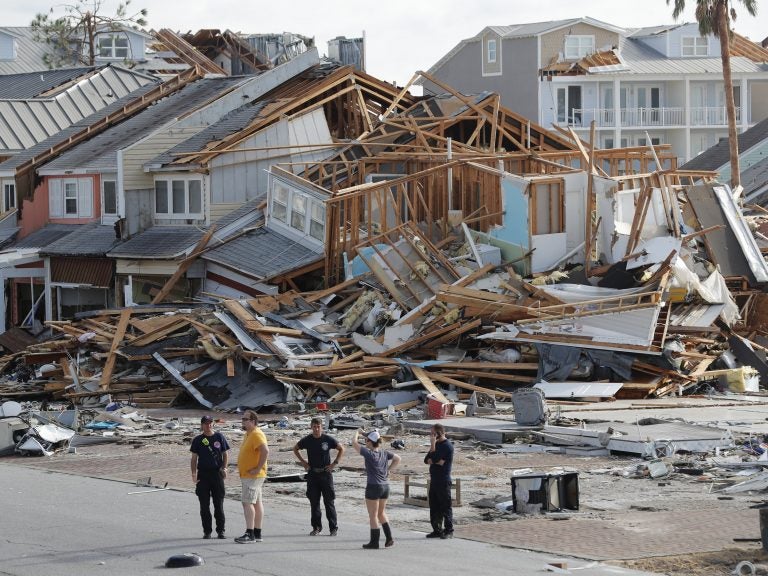
Rescue personnel search for people who may need help in Mexico Beach, Fla., on Thursday, one day after Hurricane Michael made landfall near the area. (Gerald Herbert/AP)
Updated at 12:25 p.m. ET
Search and rescue teams worked through the night in Florida to find people who need help, after Hurricane Michael hit the Panhandle as a historic Category 4 storm on Wednesday. Nearly 400,000 electricity accounts had lost power in Florida as of noon ET Thursday.
Michael wrecked buildings and tore down trees in Panama City and nearby towns. The city of Tallahassee, known for its extensive tree canopy, says “thousands of trees are down,” causing widespread damage and blocked roads.
The city adds that road crews worked throughout the night “to clear paths to both hospitals” — which are now open and operating.
Michael has been blamed for at least two deaths. Now a tropical storm, the system is moving through South Carolina on its way to North Carolina — two states that are still coping with the effects of flooding from Hurricane Florence.
The storm made landfall just west of Mexico Beach, a few miles southeast of Panama City. On Thursday, aerial footage of Mexico Beach showed the storm had taken a horrible toll.
Dozens of houses on the narrow strip between the beach and Highway 98 were obliterated, wiped off their foundations. Others were missing all or part of their rooftops. Roads were covered with sand and debris.
After making landfall early Wednesday afternoon, Michael tore through the Panhandle and into Georgia, where rains of more than 6.5 inches were reported in some locations. It also brought powerful winds. Georgia Power said on Thursday morning that as of 10 a.m. local time, nearly 200,000 customers were without power. Michael was still a hurricane when it hit the state.
“Georgia’s Seminole County Emergency Management Agency said a tree fell onto a home Wednesday evening, killing an 11-year-old girl,” Georgia Public Broadcasting reports. “The first death occurred in Gadsden County, Florida, when a man was hit by a falling tree.”
Officials in Florida are still assessing the damage — and urging people to stay off the roads.
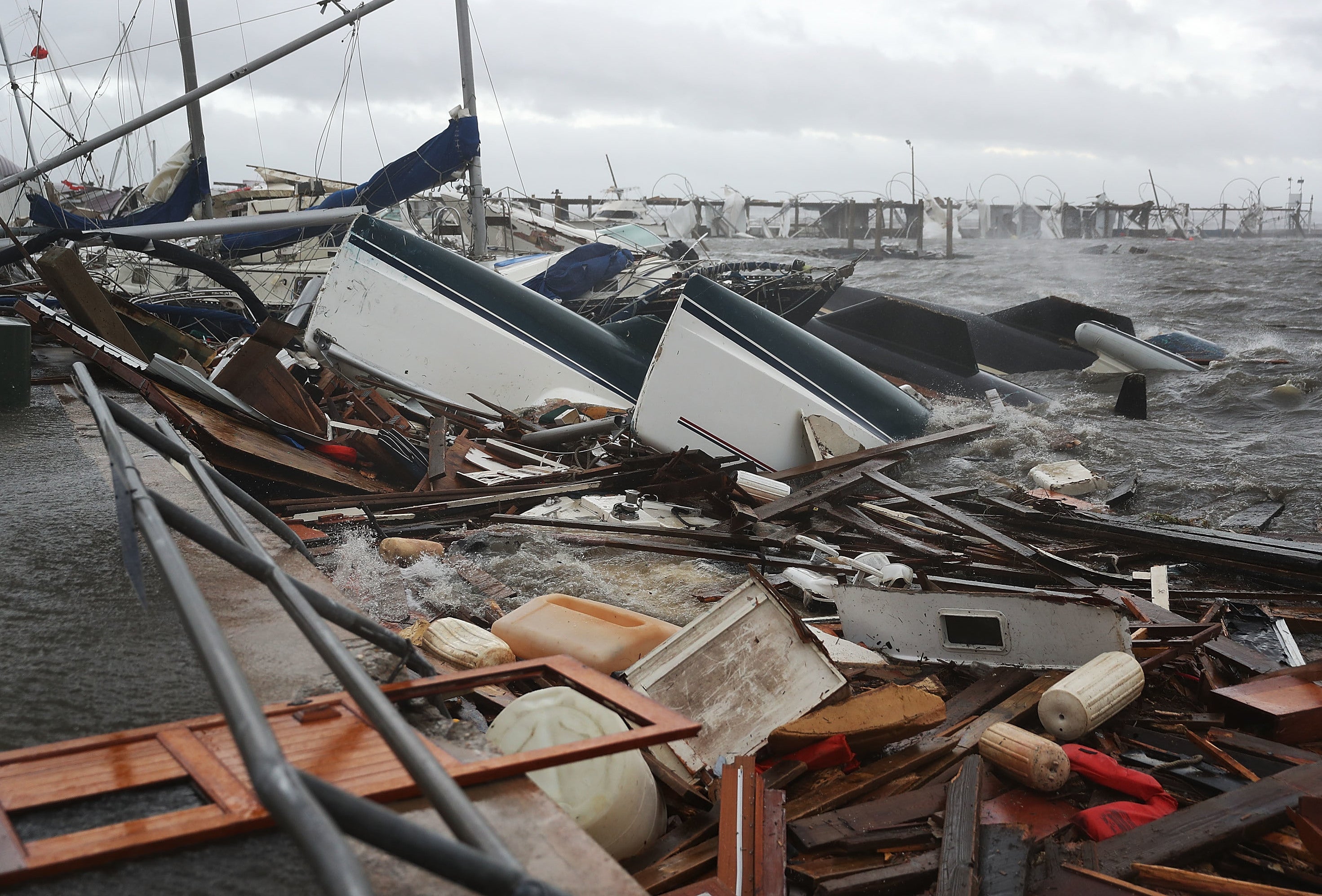
“The damage to our infrastructure is the most widespread and severe we’ve ever experienced,” Tallahassee’s Twitter feed said. “One of our area’s most coveted assets, our lush urban forest, was also our greatest vulnerability.”
The recovery work now follows a pattern that has recently been seen elsewhere in Florida and, last month, in the Carolinas, as crews clear a tangle of trees and other debris from the roads, to allow utility workers to come in and reconnect power lines.

Officials along the coast are urging people not to try to return from evacuation shelters yet – and they’re sharing advice with those who stayed behind. Tallahassee is asking people with water service not to flush toilets if they can avoid it, to reduce stress on the system, and the Florida health department says that people who want to use portable generators should plug appliances directly into them, rather than connecting the generator to their home’s circuits.
Reporting on the scene along Florida’s Gulf Coast, NPR’s Debbie Elliott says:
“Roads are impassable, covered by water and debris, including downed trees and power lines. Hurricane Michael’s powerful winds ripped roofs from buildings — including a Panama City High school gym where some teachers and their families had taken shelter.
“In Bay County, officials have issued a boil water advisory and warn that county communications are hampered.”

Bay County is also under curfew, as officials hope to prevent looting and unnecessary travel. Early Thursday morning, several Florida counties that escaped the storm began sending work crews and heavy trucks to help clear roads and restore power.
As officials tried to get a grip on the situation and shift resources to where they’re needed most, one of the biggest problems they face is an inability to communicate.

“We have almost no lines of communication,” says the city manager of Panama City Beach, Mario Gisbert, in an interview with NPR. And by that, he said, “I mean, my police chief cannot communicate with my sheriff right now. Cell lines are down, radio towers are down.”
The effects of hurricanes are notoriously random: one house can be left standing, while a neighboring house might be ripped off its foundation. Gisbert says Panama City Beach — which is several miles west of Panama City — escaped relatively unscathed.
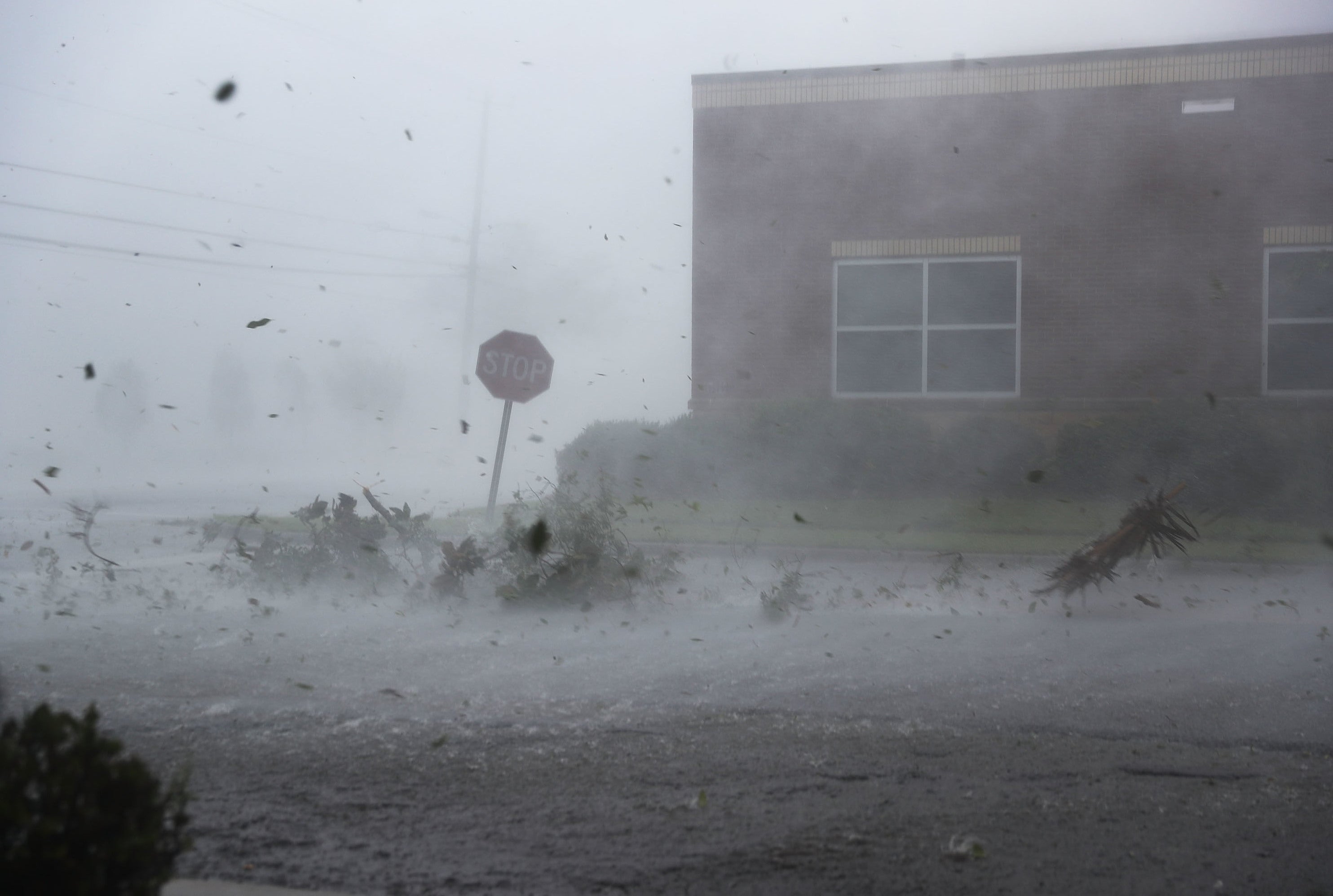
“Almost every condo and every hotel is fine” at Panama City Beach, Gisbert said, adding that the town lost many signs and trees.
“But as soon as you cross another half-mile to the east, you can see where all the tornado paths were, and it’s devastating.”
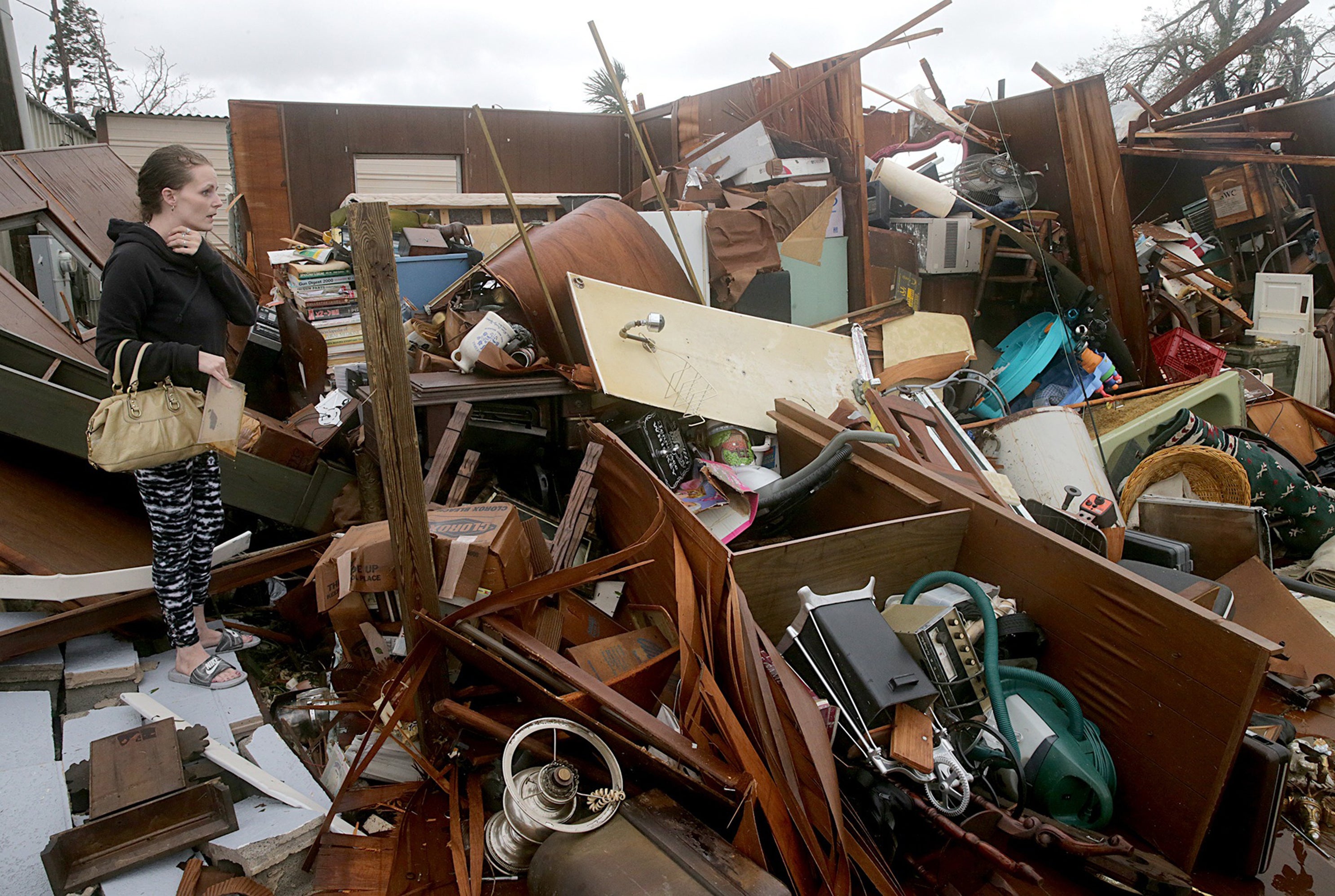
Gisbert said the beach’s police chief told him that “on 23rd Street, which is the main commercial drive through Panama City, they literally ran a bulldozer down the road to clear the debris.”
Panama City Beach might be able to take in people who need a place to stay or offer other help, he said. Part of the reason he made time to speak to Morning Edition, Gisbert said, was out of the hope that his contacts with the local power company might hear him and get a sense of what was going on.
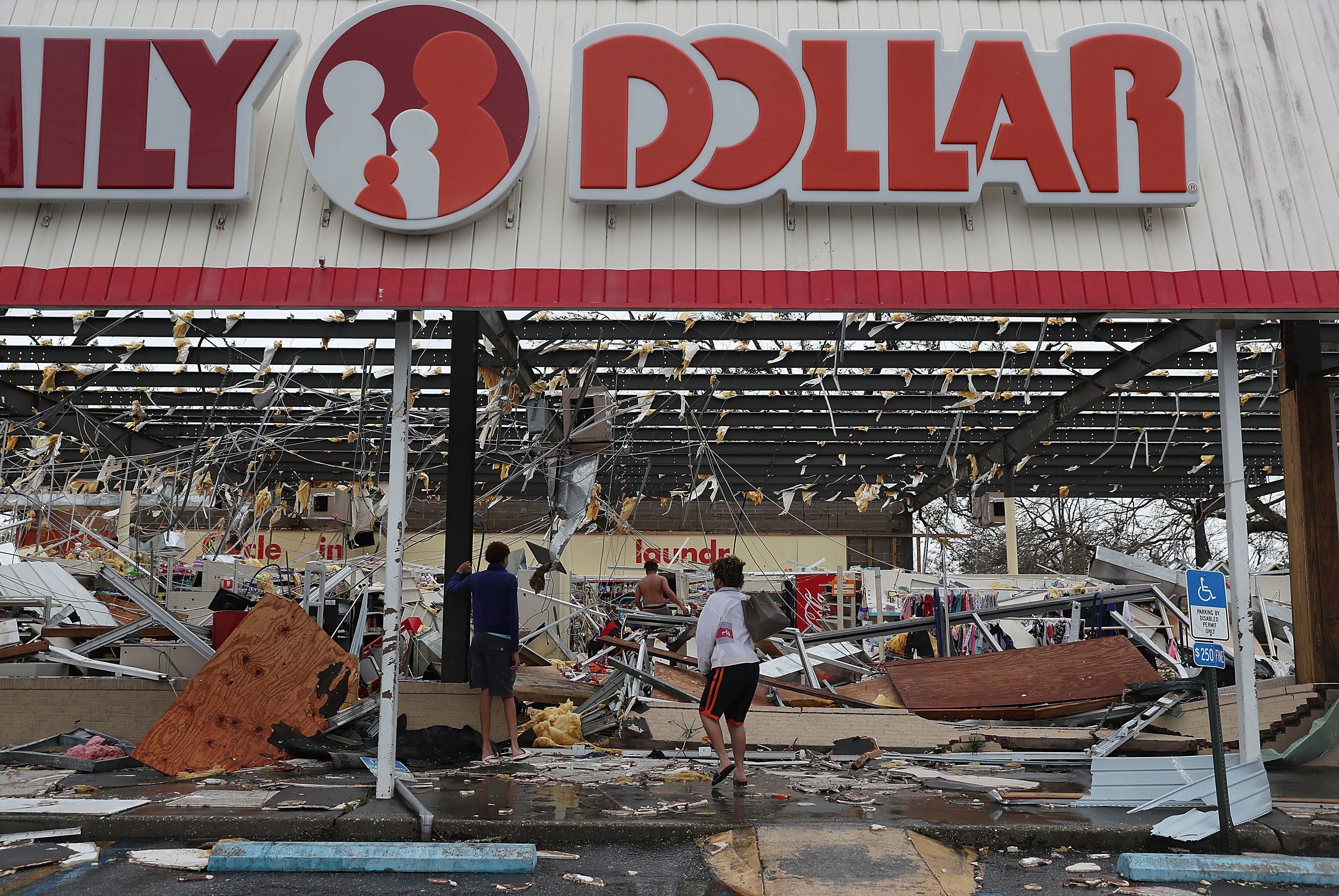
President Trump issued a major disaster declaration in Florida on Thursday, ordering federal aid to bolster recovery efforts. The action makes funding “available to affected individuals in the counties of Bay, Franklin, Gulf, Taylor, and Wakulla,” for help such as home repair and temporary housing, the White House said.
While Michael was downgraded to a tropical storm because of its diminishing winds, National Hurricane Center Director Ken Graham warns that the danger is still not over as it moves through the Carolinas.
The storm is extending tropical-storm-force winds up to 185 miles out, mainly to the east and south, as it moved from South Carolina into North Carolina shortly before noon. Michael is not expected to weaken before it heads over the Atlantic Ocean on Thursday night.
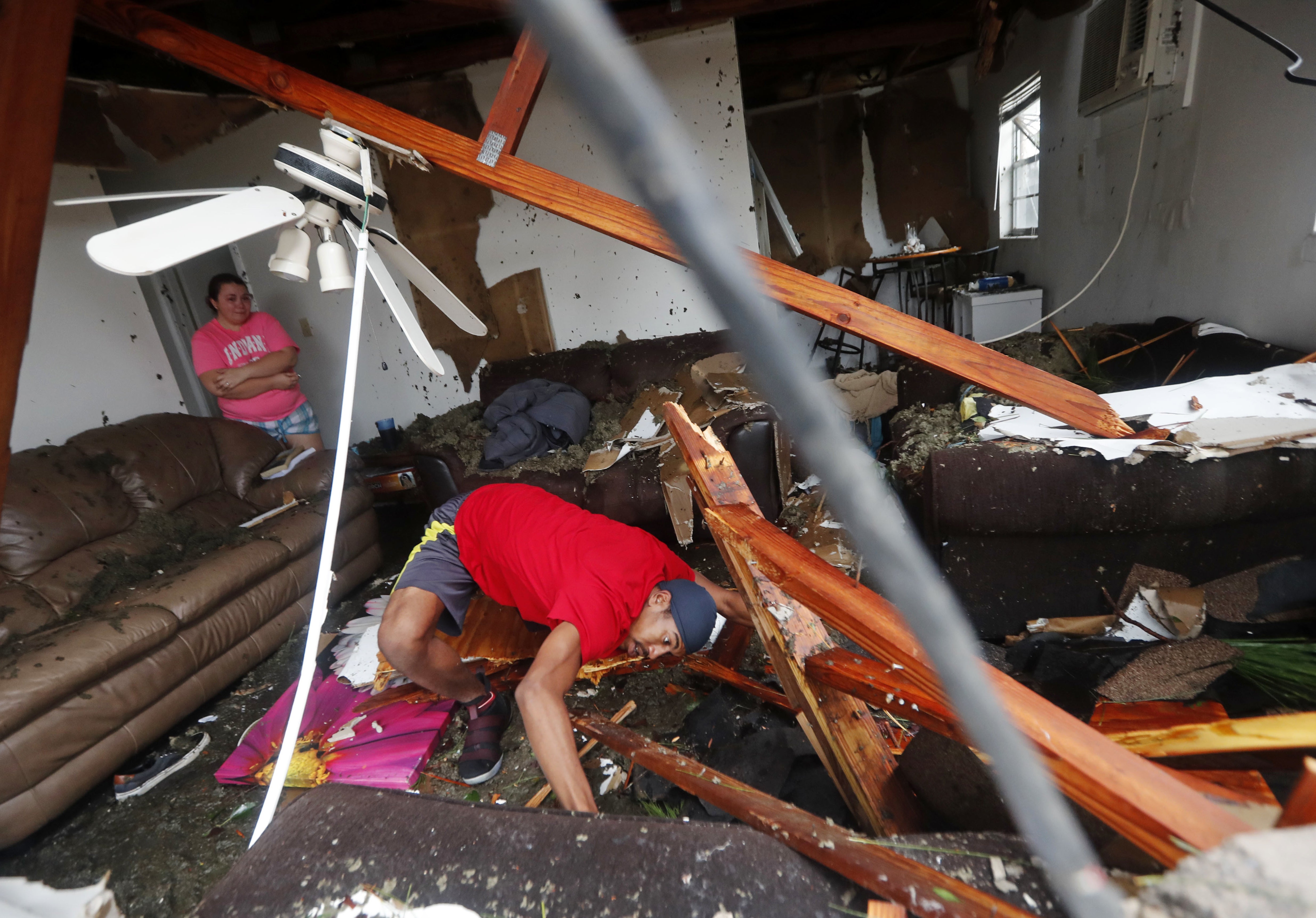
Michael surprised many forecasters with its sharp and intense growth. The first weather advisory about the storm went out on Saturday; days later, it became one of the most powerful hurricanes ever to strike the U.S. mainland. While experts had warned that it would strengthen early in the week, they did not predict 155-mph winds.
“Since 1851 our records don’t show a Category 4 making landfall in the Florida Panhandle,” Graham told NPR’s Rachel Martin.

Graham also discussed the speed with which this storm arrived. By contrast, Florence, which formed near the Cabo Verde Islands, had been the subject of advisories for more than two weeks before it made landfall.
“[When] you have storms that come across the Atlantic, you can see them for five, six, seven days,” Graham said. “When they form in the Caribbean, there’s just not a lot of real estate. So once they form and they start moving, especially with Michael moving during the life cycle anywhere from 12 to 15 mph, they get here quick.”
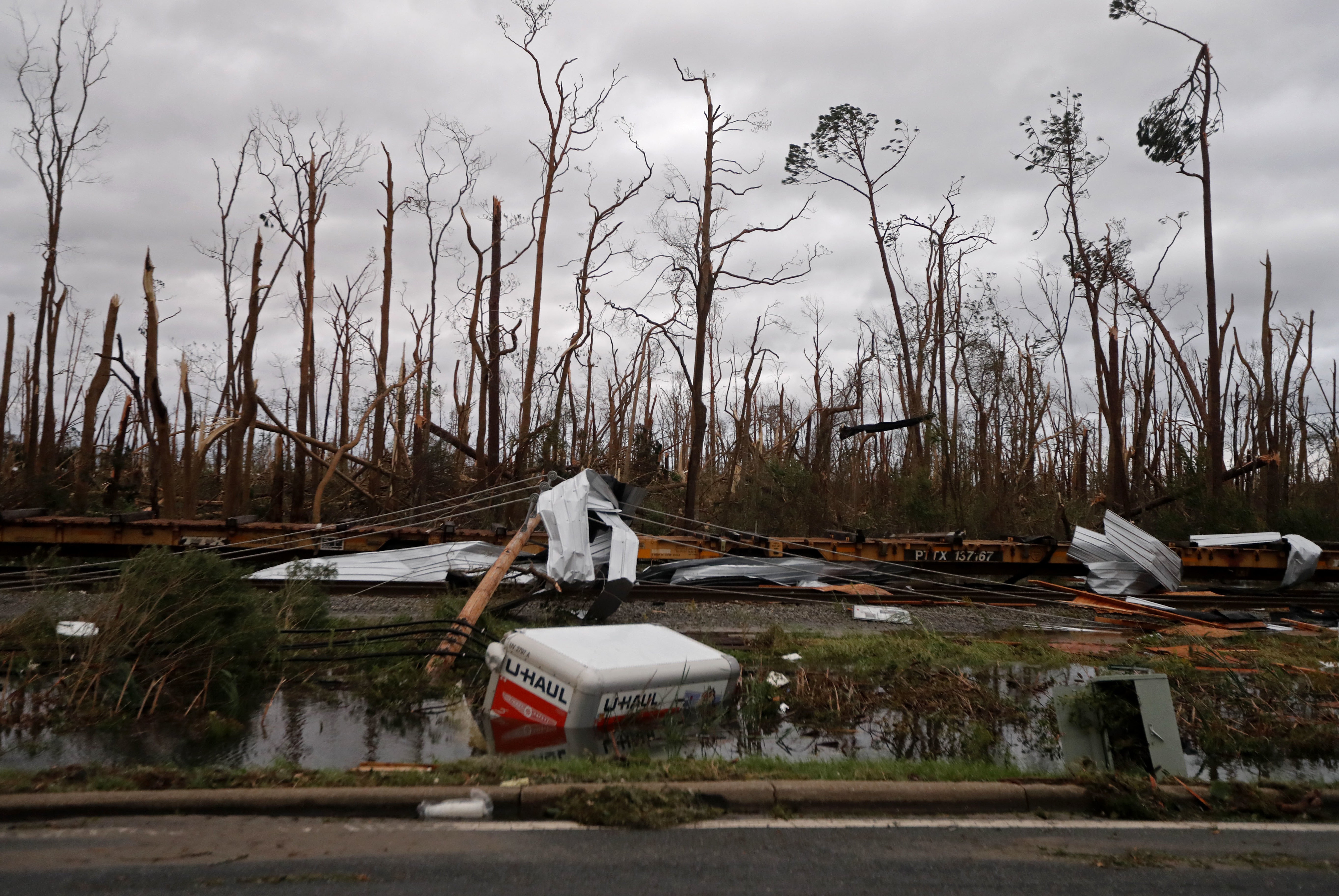
9(MDAzMzI1ODY3MDEyMzkzOTE3NjIxNDg3MQ001))


